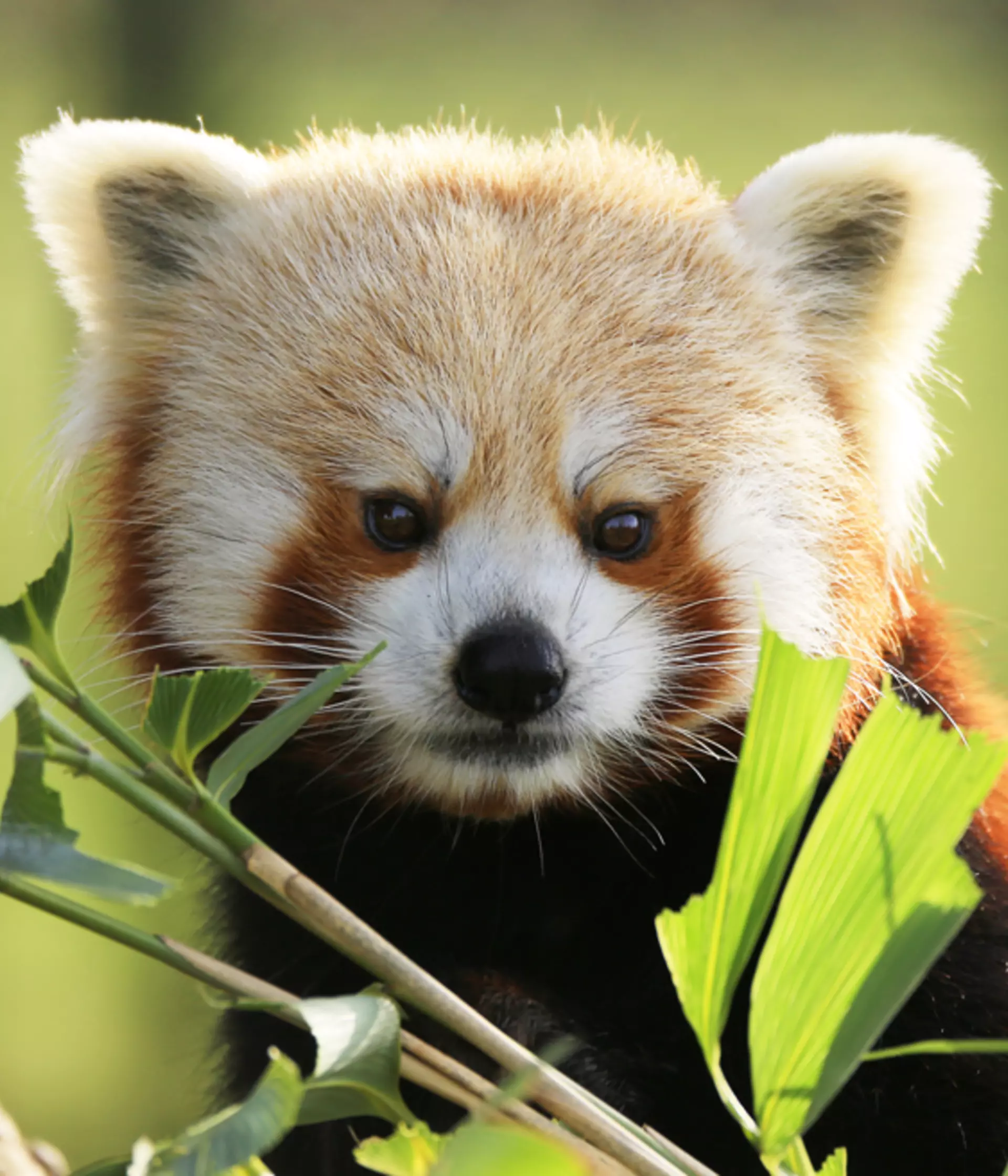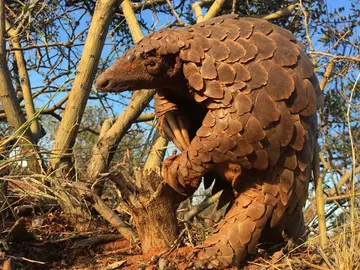
A key advancement for the protection of the world’s unique species
Have you ever found yourself looking at an animal and thinking, “wow, I’ve never seen anything like that before!”? Quite often when a species seems unique, such as pangolins with their scaly armoured skin or elephants with their ginormous ivory tusks, it is because there is, indeed, nothing else like them on Earth.

Take pangolins, for example: the eight species of pangolins alive today are the only living representatives of an entire order of mammals, known as Pholidota. Similarly, the three species of elephant are the only living members of their own order, Proboscidea. People have long been interested in these unique, or distinctive, species precisely because of how weird and wonderful they are.
Why should we protect unique species?
Species like elephants and pangolins, that are the only members of their families or orders, often have very few, if any, closely-related species, and therefore embody large amounts of unique evolutionary history. In the second half of the 20th century scientists began to note the importance of conserving such evolutionarily distinctive species to maintain their variety of unique forms and features around the world. Then, as the scale of the unfolding extinction crisis became clearer at the turn of the century, there was a recognition that we must begin to prioritise the species we focus on with limited conservation resources.
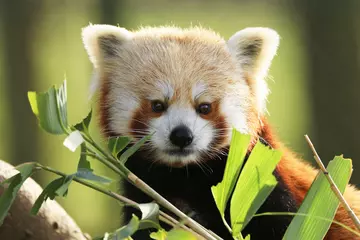
What is the EDGE approach to conservation?
It was with this need to protect unique species mind that scientists at ZSL devised an approach to rank threatened species based on their evolutionary distinctiveness, known as the EDGE approach, focusing on how Evolutionarily Distinct (ED) and Globally Endangered (GE) species are. The more evolutionarily distinct and close to extinction a species is, the higher it features on the EDGE list.
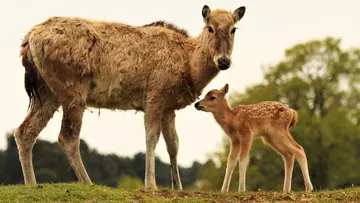
At the time, the EDGE approach was ground-breaking in its prioritisation of the world’s mammals, and led to the establishment at ZSL of a conservation programme dedicated to the conservation of these species, ZSL’s EDGE of Existence programme. In the following 15 years, ZSL has supported conservation projects for more than 120 EDGE species across almost 50 countries around the world, and EDGE lists have been created to prioritise amphibians, birds, corals, reptiles, sharks, and conifers and cycads.
Advances in Conservation Science The initial launch of the EDGE metric lead to a wave of research into the science underpinning the calculation of evolutionary distinctiveness and extinction risk of species. In light of these advances, we brought leading conservation scientists from around the world to London Zoo and buckled down for three days to agree upon a new EDGE metric. An update to the approach that incorporated the latest thinking to improve the robustness and utility of EDGE lists for the future.
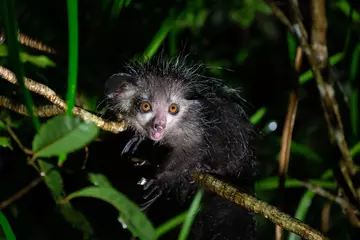
The new metric, named ‘EDGE2’, uses information on the evolutionary relationships and extinction risk of closely-related species, and the uncertainty in the data, to more robustly identify priority threatened species for conservation.
Further, the new approach produces EDGE scores for species that would previously be omitted from an EDGE prioritisation, such as those that are Extinct in the Wild or currently lack sufficient extinction risk data – futureproofing the metric as scientific knowledge and understanding of these species continues to grow.
In the paper outlining the new EDGE2 metric, we apply the approach to the world’s mammals 15 years after the original metric was used to prioritise the group for the first time, and compare the priorities between the original and new EDGE metric.

We found that, while many iconic EDGE species remained high priorities for conservation, such as the Aye-aye, the Red Panda, and the Numbat, the updated EDGE approach also highlighted new priority species that missed out in the past. Species such as Père David's Deer, which is Extinct in the Wild, and the Red-bellied Lemur, which is one of many threatened lemurs from Madagascar, were previously overlooked under the old EDGE metric but now feature in the priority EDGE list for threatened mammals.

How do EDGE species fit into wider conservation efforts?
The updated approach for identifying priority EDGE species comes at a significant time for biodiversity conservation. Signatories to the United Nations Convention on Biological Diversity agreed in December 2022 on a new vision for maintaining biodiversity and its benefits globally; in recognition of the importance of conserving evolutionarily distinct species, the EDGE metric was listed as an indicator for monitoring the status of threatened species through time at the global and national level. The new EDGE metric will allow us to provide regular and robust EDGE prioritisations for life on Earth, and track our progress towards averting the extinction of some of the world’s most unique and threatened species.
